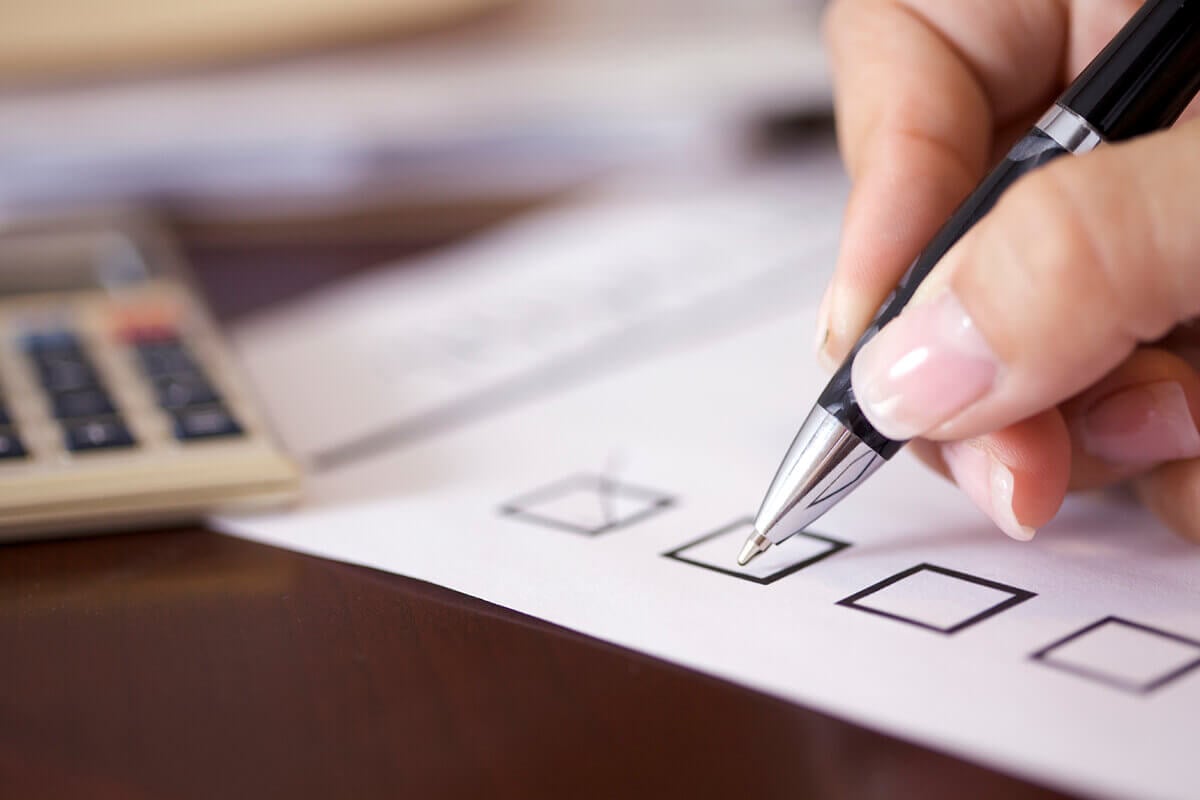Home Inspection Checklist: Know What Should be Inspected


Buying a home comes with various different things that buyers and sellers both need to do in order to make the sale successful.
One of the biggest and last steps in the process for a sale to be completed is a home inspection.
While almost every home buyer gets a home inspection before they purchase a home, many people don’t know everything that goes into a home inspection. So, we have made a checklist of everything that a home inspector will look at.
The roof and attic of a home are two very crucial parts of a home inspection, and the inspector will look for signs of water damage, flaws with shingles and flashing, and general condition of the roof. If the inspector notices signs of water damage on the roof, this could mean that the attic has issues as well, and a potential mold/mildew problem.
The foundation will be inspected for cracks and shifting, as these can lead to major problems in the future. The inspector will look to see if the water runoff is draining away from the home correctly as well.
Foundation defects can be very problematic, and are usually expensive to repair, so checking it is a big part of a home inspector’s job.
The overall quality and condition of the lot of the home will be looked at by the inspector as well. The inspector will look at the property to assess the draining and grading of the lot, as well as looking at the driveway and sidewalk.
Homes that have built-in appliances (ones that will come with the house when it is sold, like refrigerators and washers/dryers) need to be assessed. The home inspector will test the appliances to make sure that they are functioning properly.
The structure of the home is always looked at during a home inspection, to ensure that it is sound and safe for the occupants. Visible elements will be examined, and anything that is mis-aligned or sagging will be noted.
Home inspections are non-invasive analyses, meaning that the home inspector will look at and test components of the house, but will not be able to look at the inside (inside walls and under floors).
The heating and cooling systems of the home will be looked at and tested for functionality. The furnace is inspected for possible problems, cracking, and signs that it is nearing the end of its lifespan and needs to be replaced soon. The A/C unit will be inspected for issues as well, and then tested.
The electrical wiring of the home and every other electrical component need to be examined and tested. Fuse boxes will be checked as well.
The plumbing of the home needs to be examined, as issues could mean bigger problems, like cracking sewage pipes or blocked drains. The hot and cold temperatures, plus water pressure will be tested along with the functionality of all plumbing systems.
If the home has a garage, the inspector will also need to take a look there. Inspectors look for the correct framing and structure of garages, entry and exit ways, and for proper ventilation. They also look at electrical systems to make sure that they are functioning properly and are in line with codes and regulations.
While the home you are looking at may differ from the above guide, the majority of homes include these components and will need to be inspected by the inspector to ensure the safety of the home.
Inspectors are knowledgeable people, so if you still have questions, don’t be afraid to ask your inspector for explanations, they are there to help!